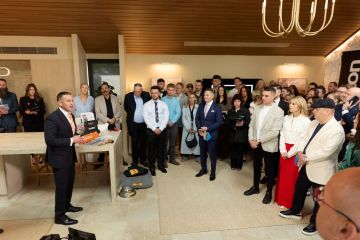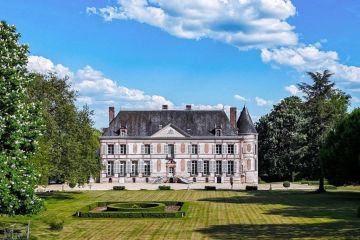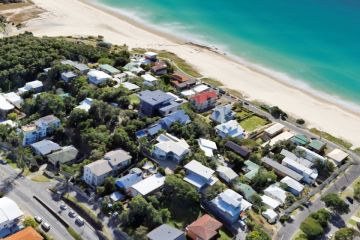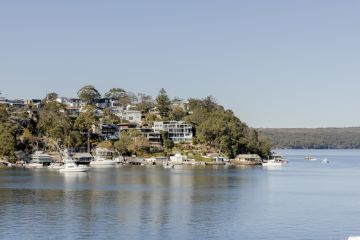Thrilling or terrifying? Hawaii's Anaha building to host one of the world's most extreme pools
Some describe it as terrifying, others, exhilarating. One thing’s for sure – you will never forget your first time in a glass-bottomed pool. No longer satisfied with indoor or even rooftop pools, developers are designing pools to thrill.
These aquarium-like structures are the latest statement piece in high-rise architecture. Cantilevered over the edge of a skyscraper or suspended between two buildings, these spectacular pools are not for the faint-hearted. Swimmers can see straight through the bottom and sides to pedestrians, roads and gardens below.
Houston, Texas, is home to arguably the world’s most vertigo-inducing glass-bottomed pool. Located 152 metres above the ground, the pool at the Market Square Tower is on the 40th floor and juts three metres beyond the lip of the building, giving swimmers the impression they are going over the edge.
A new high-rise to grace the Hawaiian island of Oahu will push the envelope even further. The Anaha apartment complex will feature a sky pool protruding from the building by 4.5 metres, outdoing most of its international competitors. At 23 metres up, it may not be as high up as some, but the impressive cantilever compensates.
Anaha is more than just a showpiece – architects SCB and Benjamin Woo hope it will revitalise the industrial district of Kaka’ako.
The spectacle to be had from an overhanging pool is taking off around the world. In Dubai, the Raffles chain is set to open twin towers where a 155-metre-long sky pool will connect the Palm360 towers 170 metres up.
And at luxury British development, Embassy Gardens, a 25-metre, clear-sided and bottomed pool will be suspended between two buildings35 metres off the ground.
Melbourne architect Kim Lowman says the growing popularity of sky pools is due to how they engage and intrigue onlookers. “The thing with the sky pools where you’re showing off people swimming or just wallowing in the pool, it activates the building,” he explains.
“It’s more than just someone sipping coffee in the basement, or in a cafe on the ground floor. Everyone’s done that.”
- Related: Would you live in a cheese warehouse?
- Related: Auckland’s skyline gets a shake-up
- Related: London’s most controversial entertainment arena
Lowman heads the Hawthorn Park development in Melbourne’s inner-east where a 25-metre pool links two buildings. It’s the centrepiece of the $300 million complex, which opens in 2020.
To include a sky pool the architect has to factor in the weight of the pool, the sound it causes and any building movement. “It’s a significant span with glass at the bottom and glass at the side, so technically there’s quite special engineering solutions with that because water is obviously very heavy,” Lowman says.
“But it also can handle the differential movements if one building sinks a little bit – because all buildings move. You don’t want the pool to be at different angles.
“You’ve got to manage the installation from a noise point of view as well, so the noise doesn’t vibrate through the building.”
Australia took a dive into the sky pool trend in 1993 with Melbourne’s Adelphi Hotel. The Denton Corker Marshall-designed building introduced a lap pool that extends two metres from the building’s edge 27 metres up.
Lowman says there is an awesome synergy where water meets architecture and engineering. Architects have long taken inspiration from the spectacular heights of Angel Falls in Venezuela and Yosemite Falls in the United States, and Frank Lloyd Wright’s famous Fallingwater house in Pennsylvania is partially built over a waterfall using cantilevered concrete balconies
We recommend
We thought you might like
States
Capital Cities
Capital Cities - Rentals
Popular Areas
Allhomes
More







